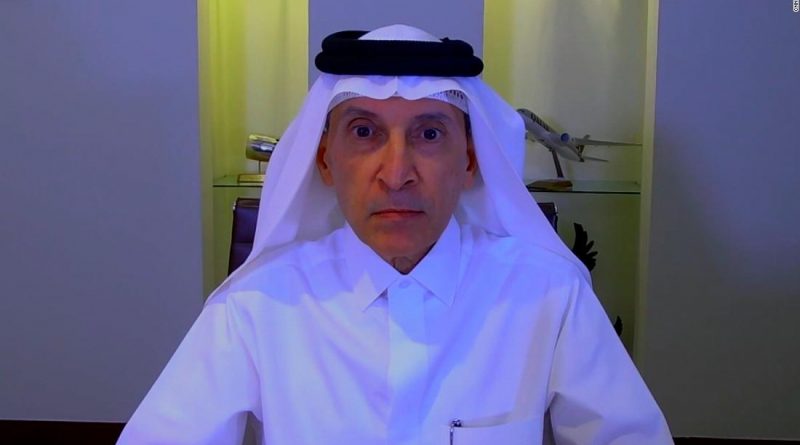Qatar Airways CEO defends 160 extra daily flights at ‘climate-neutral’ World Cup
“Please don’t believe people saying only negative [things],” Akbar Al Baker told CNN’s Becky Anderson in an interview on Monday, adding that he was confident the flights would be full.
“[We] have airplanes which have very low emissions compared to the normal aircraft most of the other airlines fly,” including long-haul flights, he said.
He did not elaborate on how the planes’ emissions would be lower than others, but the airline’s website says it uses “one of the youngest fleets in the sky” and has implemented 70 fuel optimization programs. Aviation is a major contributor to human-caused climate change. Qatar’s economy is oil-based and has one of the biggest per capita carbon footprints in the world.
In response to questions from CNN, FIFA said its previous carbon footprint estimate was published in February 2021 and that actual differences would be addressed once the tournament has concluded.
Qatar has said it will offset the emissions by “investing in green projects” — a common way for companies and people to cancel the impact of their footprint. Organizers have established a “Global Carbon Council” tasked with “identifying quality projects.”
The Carbon Market Watch report also claims FIFA’s estimated carbon emissions for the tournament have been grossly underestimated, criticizing “the choice of accounting approach.”
Commenting on the report, Qatar’s Supreme Committee for Delivery and Legacy, which is responsible for the event, said it was “speculative and inaccurate to draw conclusions” on its commitment to carbon neutrality.
“The methodology used to calculate the carbon-neutral commitment is best in practice and was designed to be based on actual activity data, after the FIFA World Cup has concluded,” it said in a statement sent in response to CNN’s questions. “This will be published, and any discrepancies will be explained and offset.”
FIFA also responded to the report and defended its own accounting method, saying it was based on the Greenhouse Gas Protocol, a widely used standard.
It added it had not “misled its stakeholders” and was “fully aware of the risks that mega-events pose on the economy, the natural environment and on people and communities.”
In a September press release, the Qatari organizers of the event said one of the advantages of hosting the World Cup was “the compact nature” of their country. The short distance between stadiums would negate the need for domestic air travel by fans and reduce the carbon footprint of the tournament. It went on to say air travel is “recognized as one of the world’s largest sources of carbon emissions.”
But there have been growing concerns that the small country of less than 3 million people may not be able to cope with so many fans. Flying spectators in and out in a day would alleviate the need for higher levels of accommodation.
Al Baker, however, said it was always the plan to run the extra flights to shuttle people in just for the day.
“His Highness the Emir always wanted to share the benefit of this tournament with all of our neighbors,” he said.
“It is feasible because, first and foremost, we have good state-of-the-art facilities. They process people very quickly. We have also brought in massive transportation facilities including the metro,” Al Baker said.




